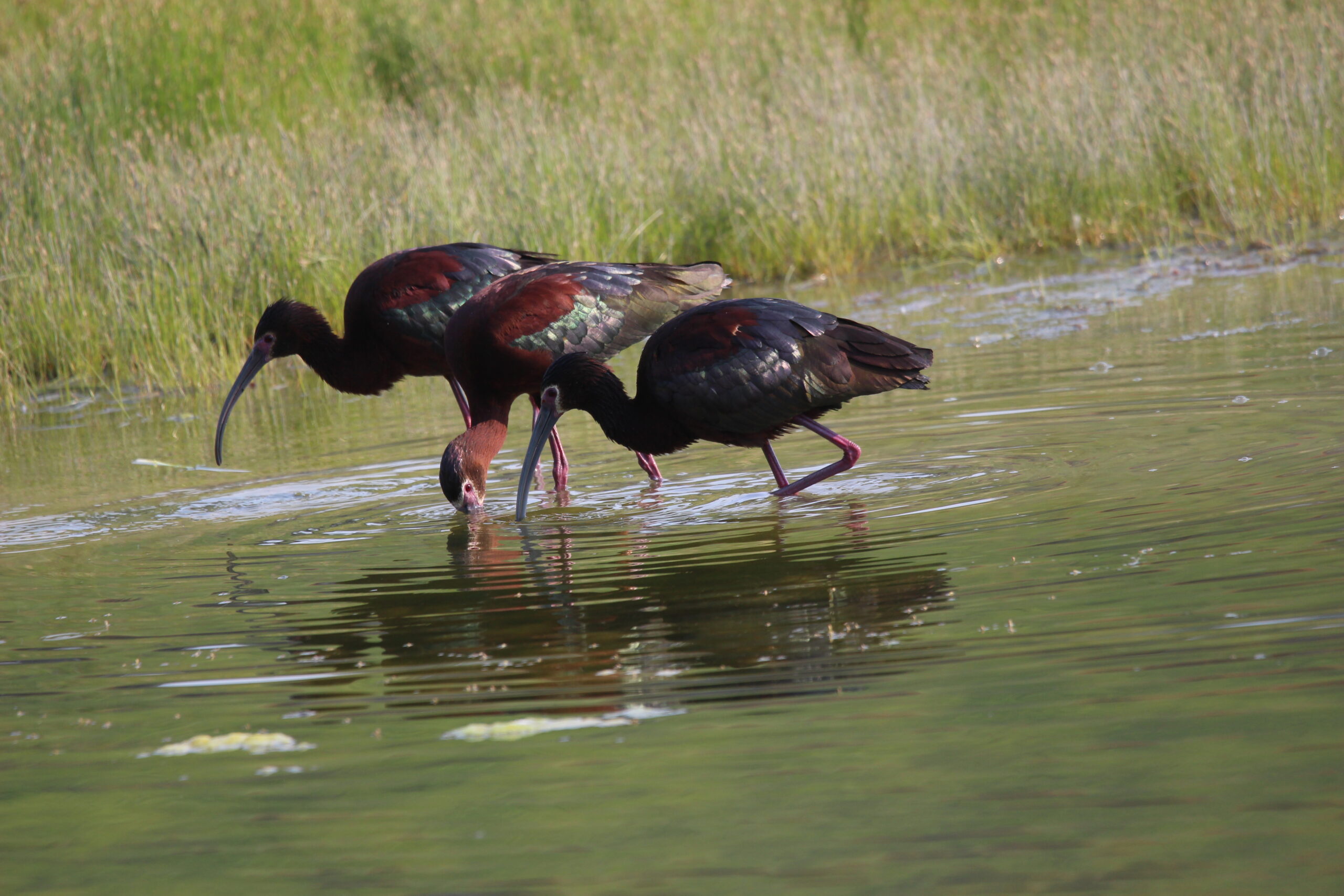To broaden my boozing horizons, I have participated in several of those wine of the month clubs over the years, with usually one or two on the go at any time.
I was pleasantly surprised to have a case of assorted South African wines show up in the most recent delivery, as the wines of South Africa are not exported to Canada in great quantities.
Because of the tiny amounts of shelf space at your friendly neighbourhood wine merchant, you may be surprised to hear that South Africa is the 8th largest wine producer in the world, coming in right between Chile and Argentina.
What may surprise you even more, is that of the nearly 450 million litres of wine produced in South Africa last year, white wine production exceeded red wine production for the first time.
I was surprised to hear that red wine production had been slowly declining in South Africa for many years, as the country’s signature grape is Pinotage, a cross of the Pinot Noir and Hermitage grape varietals.
Indeed, my first introduction to South African wine was its signature Pinotage, shortly after the apartheid economic sanctions were lifted in the late 1990s, which opened the long-isolated South African wine industry to the world markets.
The Pinotage grape is a relative newcomer to the world of wine, with less than a century under its belt. The story of Pinotage begins in 1925, when a professor of viticulture at Stellenbosch University was trying to breed a hardier version of the Pinot Noir grape, which is notoriously thin-skinned and difficult to grow.
By crossing Pinot Noir with the more robust Hermitage grape (also called Cinsault), the resulting grape was dubbed Pinotage, and the rest is history.
Pinotage was the jewel in the crown of the South African wine industry for decades, with its distinctive earthy taste and smoky finish making it easy to pair with food, and the full tannic structure giving it excellent aging potential.
However, as consumer preferences change over time, the South African wine industry has been leaning more heavily on white wine grapes.
Chenin Blanc and Columbard have historically been the most widely planted white grapes in South Africa, but their traditional use for rotgut brandy has been shifting to more consumer-friendly wines.
Keeping the international markets happy, the historical Chenin Blanc and Columbard plantings are being eclipsed by the more common Sauvignon Blanc and Chardonnay varietals, which are more familiar and lucrative in the overseas markets.
Adding insult to injury, the Pinotage grape no longer reigns supreme in the red grapes either, being surpassed by the more export-friendly Cab Sauv and Shiraz varietals, which has precipitated a wee bit of an identity crisis for South African wines, which are becoming less and less differentiated from Australian wines on the world markets.
Eager to keep up with the changing tides in the world of wine, I decided to host a tasting night with my regular band of drunken reprobates, complete with blind tastings of an assortment of South African white wines, along with similar wines from other countries.
The Chenin Blanc grape was the favourite of the evening, and my new go-to South African wine.
For those not familiar with the varietal, Chenin Blanc is a white wine grape that originated in the Loire Valley of France, way back in the 9th century, and is a genetic ancestor of the more well-known Sauvignon Blanc grape.
Chenin Blanc is a very versatile grape, and has thrived around the world, from the sun-baked vineyards of South Africa, to the decidedly cooler vineyards right here in Canada.
When planted in a cool climate like Canada, Chenin Blanc tends to have crisp acidity, floral aromas, and an herbaceous mouth feel. Contrast that to a hot climate such as South Africa, and the wine will be less acidic and much more fruit-forward.
I stumped my dinner guests with a blind tasting of the Quails Gate Chenin Blanc from Kelowna, followed by a Raats Chenin Blanc, one of the most popular brands from South Africa.
While the grapes were the same, the different growing conditions produced very different wines. The Quails Gate Chenin Blanc from Canada bursting with green apple and bright acidity, while the Raats Chenin Blanc from South Africa was much more tropical, with pineapple and honeysuckle notes on the tongue, low acidity and a complex minerality.
Decide for yourself by picking up a bottle of South African wine today!





